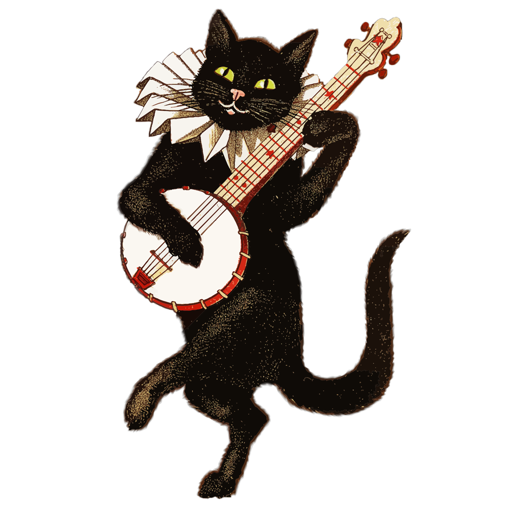

- © 2003 - 2025 Dynamix Productions, Inc. Contact Us 0



"Ding-dong, ding-dong
Ding-dong, ding-dong
Hark how the bells
Sweet silver bells
All seem to say
Throw cares away"
Peter Wilhousky / Mykola Leontovich
This time of year can be joyous, especially for holiday music lovers. Christmas tunes flow out of stores and TV sets, and holiday concerts fill December's weekends. But one carol, "Carol of the Bells," may be based on a centuries-old doom and gloom song.
“There comes a time in a man's life when he hears the call of the sea. If the man has a brain in his head, he will hang up the phone immediately.”
Dave Barry
Something people have been overpaying for since forever are music knockoffs. In the 1800s hucksters would blatantly rip-off sheet music; early records were either re-recorded or re-pressed from originals; and illegally replicated compact discs filled up warehouses for decades. Savvy consumers usually know fake from fact, but in this digital only world, it's getting harder to tell. But help is on the way.

"I got rhythm, I got music, I got my man
who could ask for anything more?"
George and Ira Gershwin
Do animals have rhythm?

"All that's to come
and everything under
the sun is in tune
but the sun
is eclipsed by the moon."
Roger Waters
from "Eclipse" on the 1973 LP release "Dark Side of the Moon"
For generations, humans have been trying to link sound and light together. We have succeeded.

"Shh! Listen! Someone's coming! I think -- I think it might be us!"
J. K. ROWLING, Harry Potter and the Prisoner of Azkaban
Imagine if we could time travel without changing history. If we could go back 50 or 100 years would people view our technology as magic? If we were visited by time travelers from the future, would their technology be magic to us?